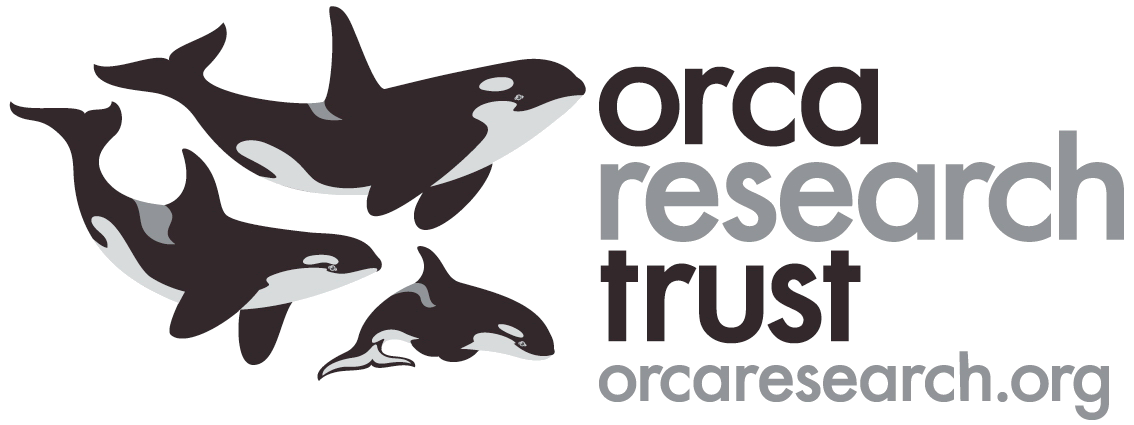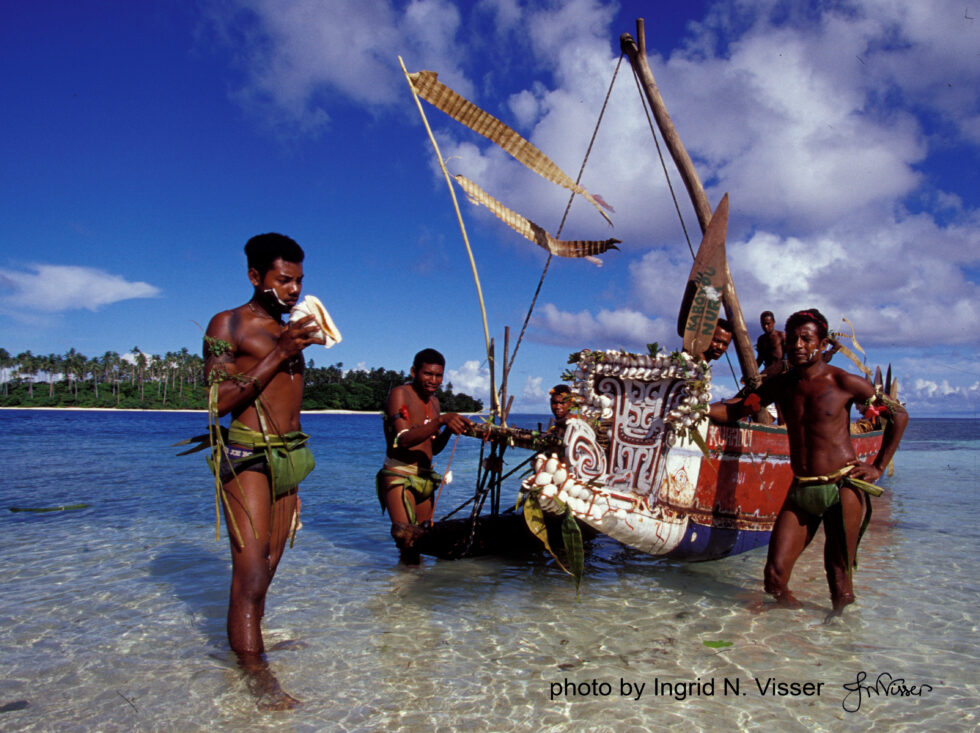
Papua New Guinea Orca Research
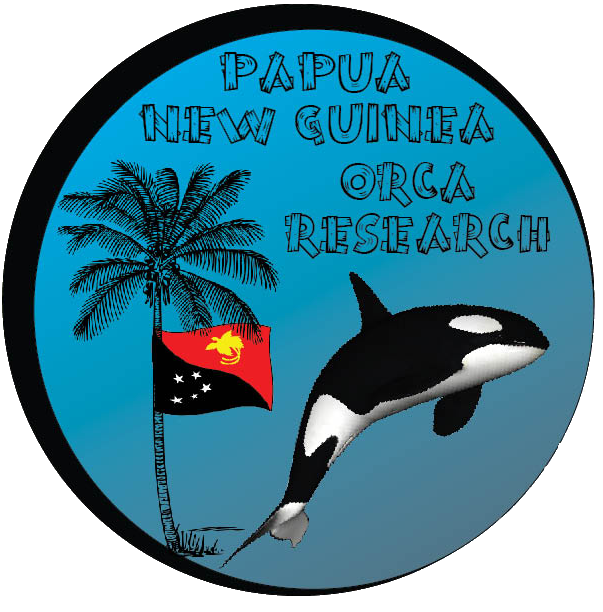
Papua New Guinea (PNG) is recognised world-wide for its high biodiversity (of flora and fauna, but also of human culture), however very little is known about the marine mammals found in the waters surrounding this country. Located just south of the Equator, the waters are warm (28°C / 82° F) year round. Most people don’t expect to find orca in tropical waters, but in fact they can be found in all oceans of the world.
Dr Visser, together with Dr Frank Bonoccorso (then working at the National Museum of Papua New Guinea), co-authored the first scientific paper specifically about orca found in the waters of PNG.
The earliest confirmed record they found was from 1987, but Drs. Visser and Bonoccorso acknowledged that other researchers had mentioned orca in passing since the 1960’s, illustrating that they had been in the area long before that time. Records were found for March-December, but with the limited connectivity for communication throughout PNG, the likihood that orca are found there all year, is very high.
Group size ranged from 1 to approximately 20 individuals, with 2-5 being the most common. Calves were documented in 16 of the 94 records they collated. Like the NZ Coastal orca, the PNG orca are known to feed on elasmobranchs (sharks, rays and skates). Four species have been documented (scalloped-hammerhead shark, Sphyrna lewini), grey reef shark (Carcharhinus amblyrhynchos), manta ray (Manta birostris) and blue-spotted ray (Aetobatus narinari). However, they also feed on fish such as tuna, sailfish and sunfish. Cetaceans (whales, dolphins and porpoises) have been documented fleeing the area when orca arrive, but no attacks have been documented.
To read more about this study, download the pdf.
The cultural, flora and fauna biodiversty of Papau New Guinea is well recognised, but little is known about the marine mammals living in the region

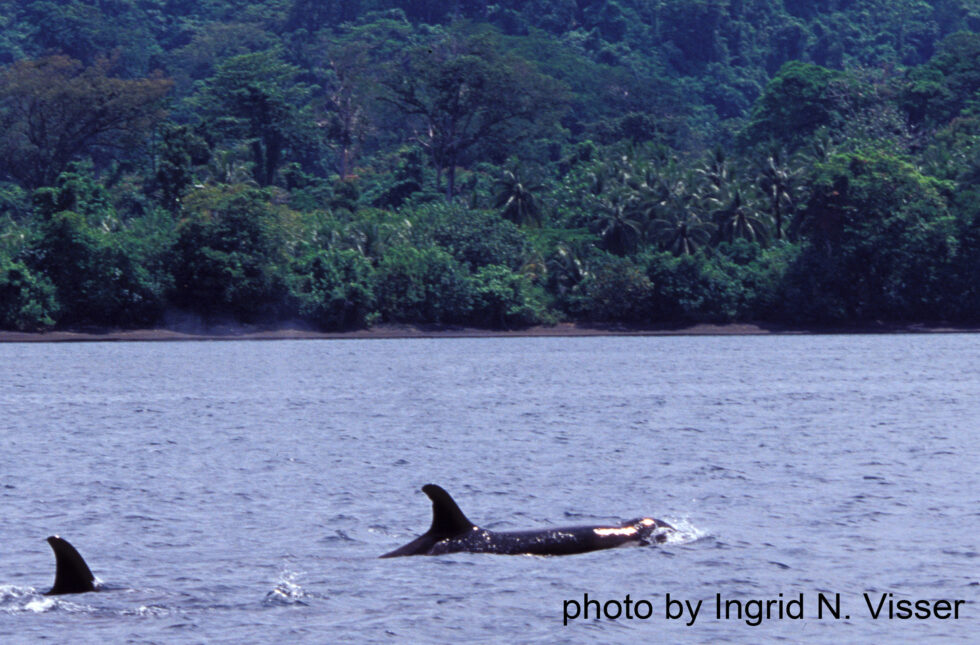
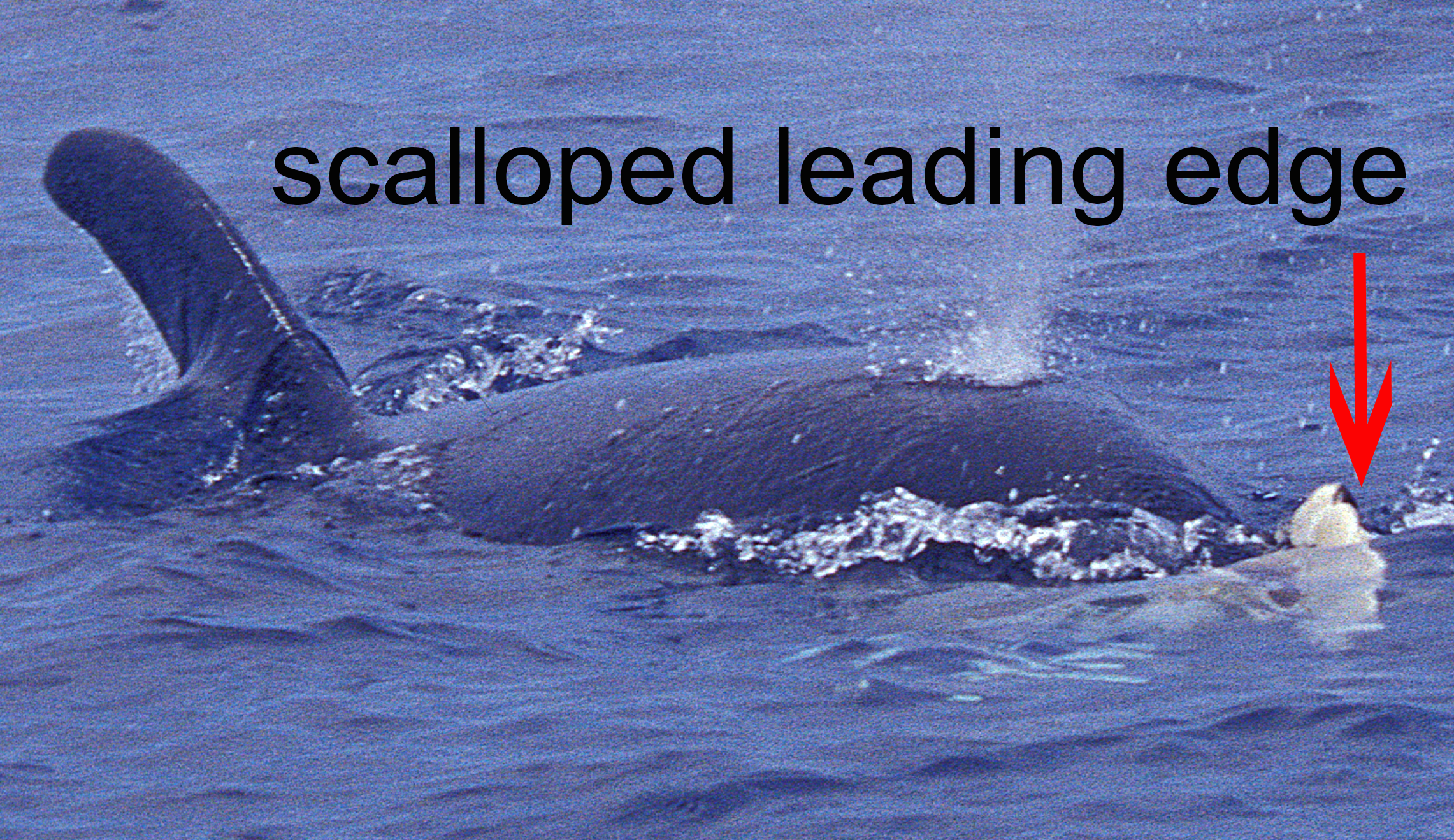
Are you interested in hosting/funding an expedition to Papua New Guinea? If so, please reach out to Dr Visser via email
